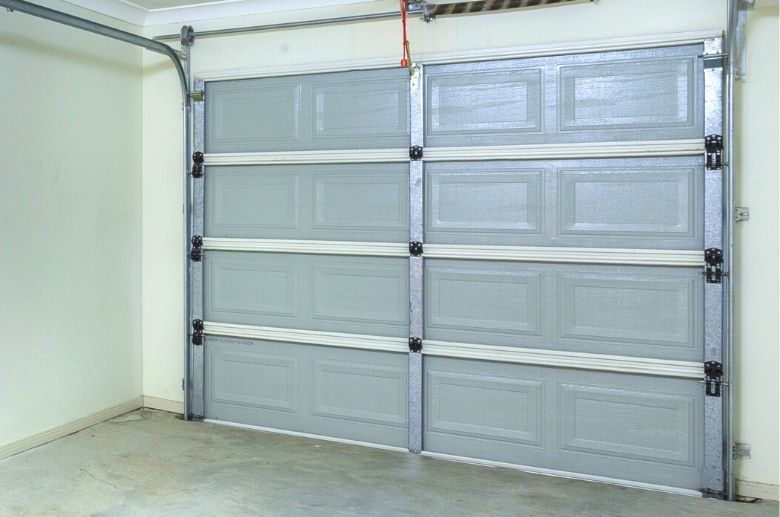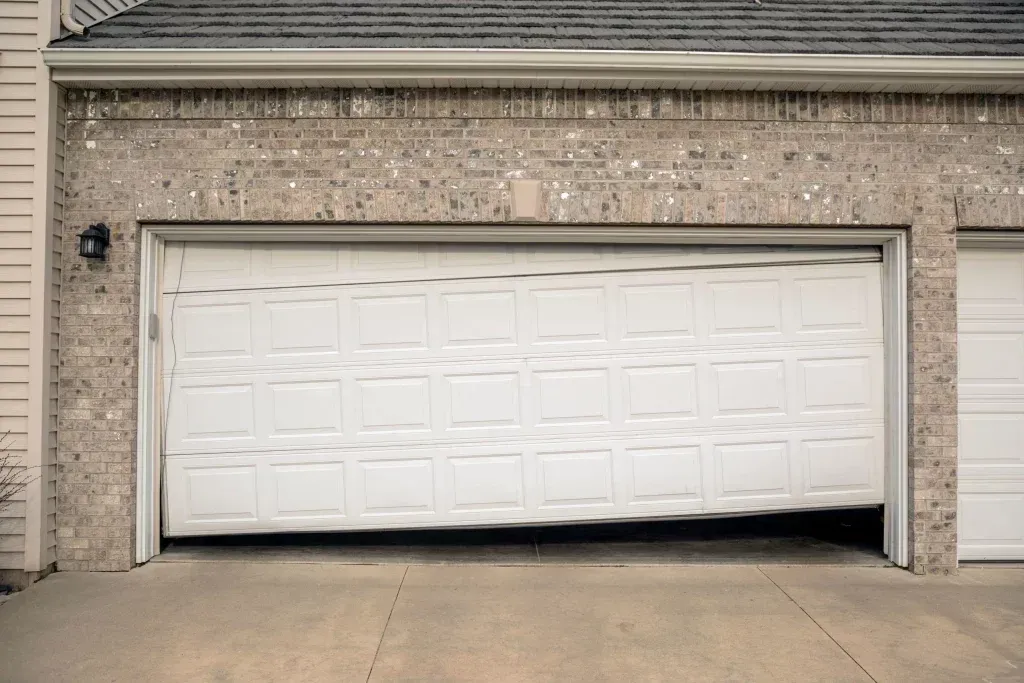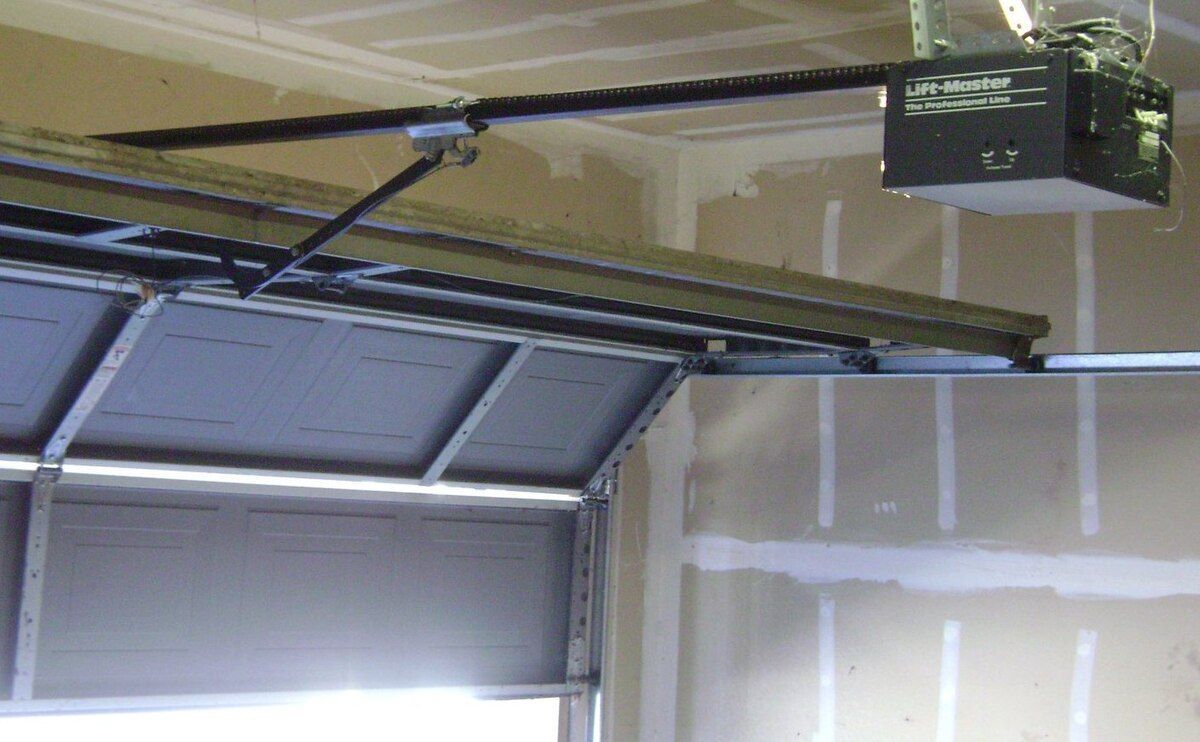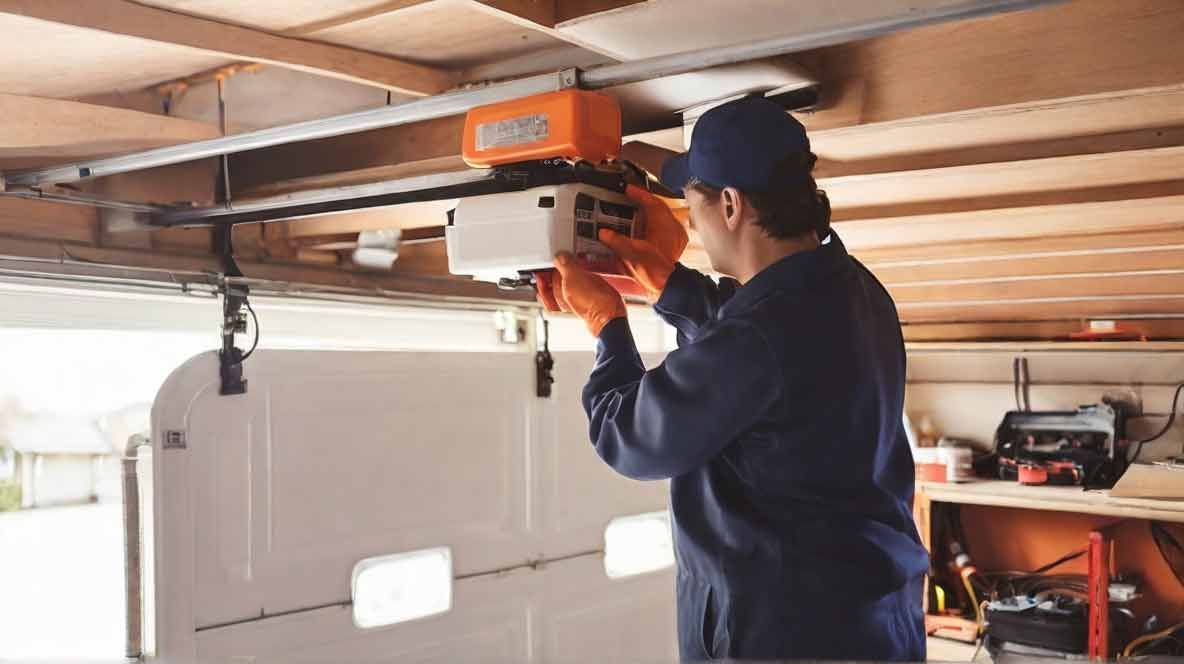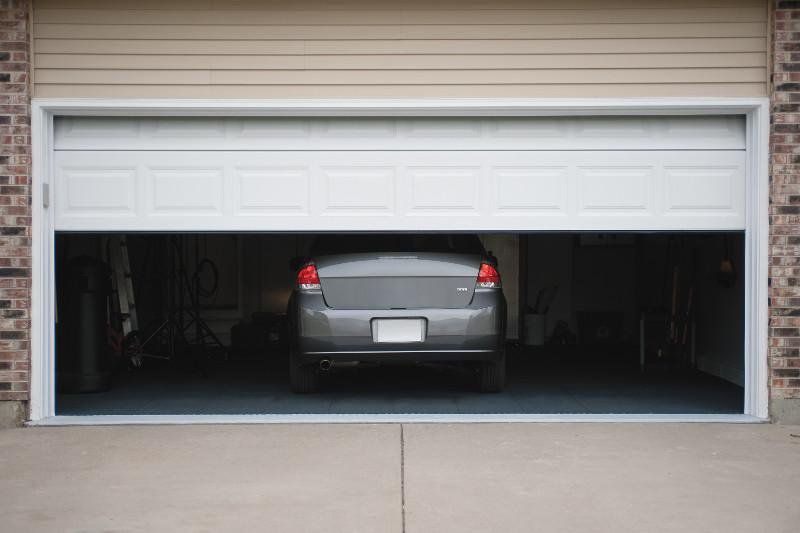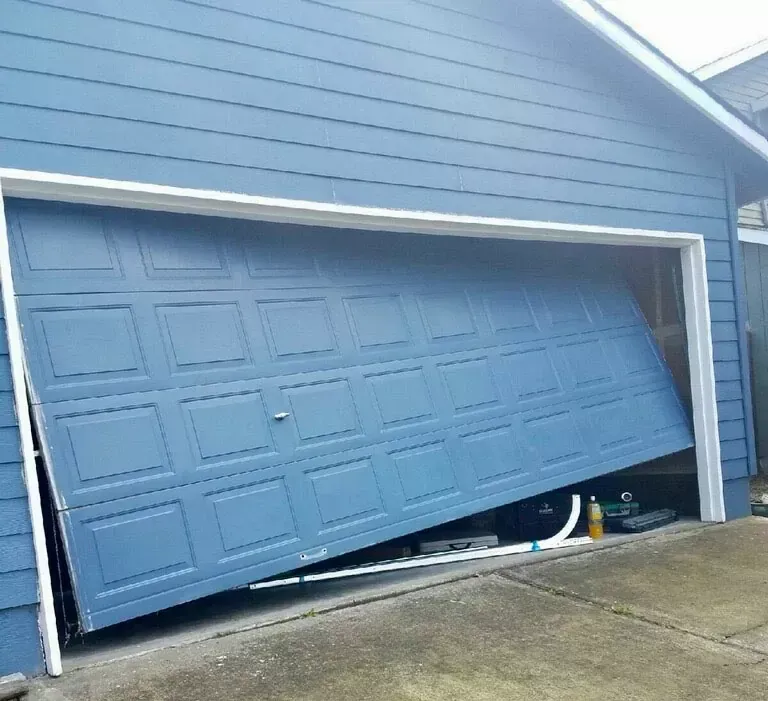What Size Bolts Are Used for Hurricane-Ready Garage Doors?
TLDR;
The most common bolt sizes used for hurricane-ready garage doors are ¼", ⅜", or ½" in diameter and 2" to 4" in length. These bolts, typically made of galvanized or stainless steel, are chosen to meet wind-load requirements and resist corrosion during severe storms.
Why Bolt Size Matters for Hurricane-Resistant Garage Doors
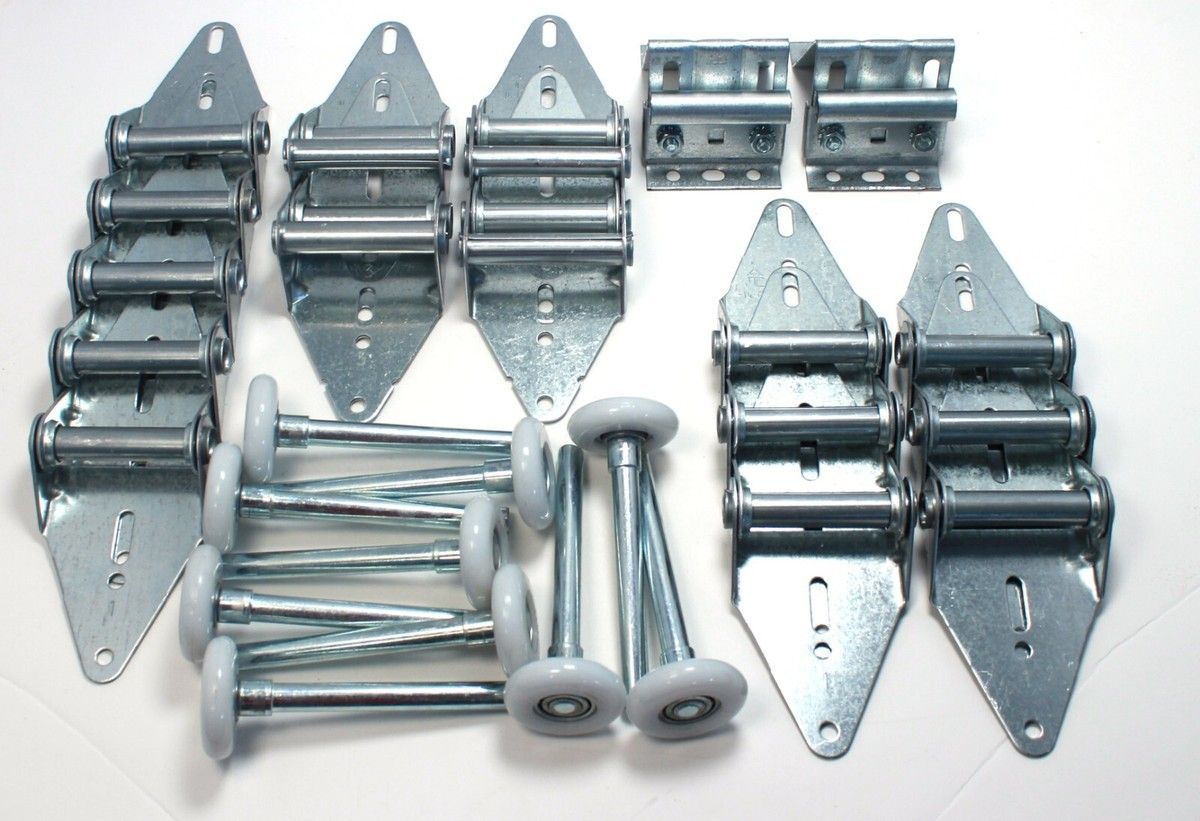
If you’re reinforcing your garage door for hurricanes, bolt size isn't just a small detail—it’s a critical line of defense. The right bolts help your door resist wind uplift and internal pressure that could otherwise blow it inward or off entirely.
- Wind-load ratings are based on how well the garage door stays in place during hurricane-force winds.
- Incorrect bolt size can compromise
structural integrity, even if the rest of the door is rated for high winds.
- Strong bolts support
door reinforcement systems, helping the frame, tracks, and panels stay secured during pressure surges.
Smart Garage Door has worked with countless homeowners preparing for storm season. We’ve seen firsthand how using the wrong hardware puts properties at risk—and how the right bolts make a difference.
Recommended Bolt Sizes for Garage Door Reinforcement
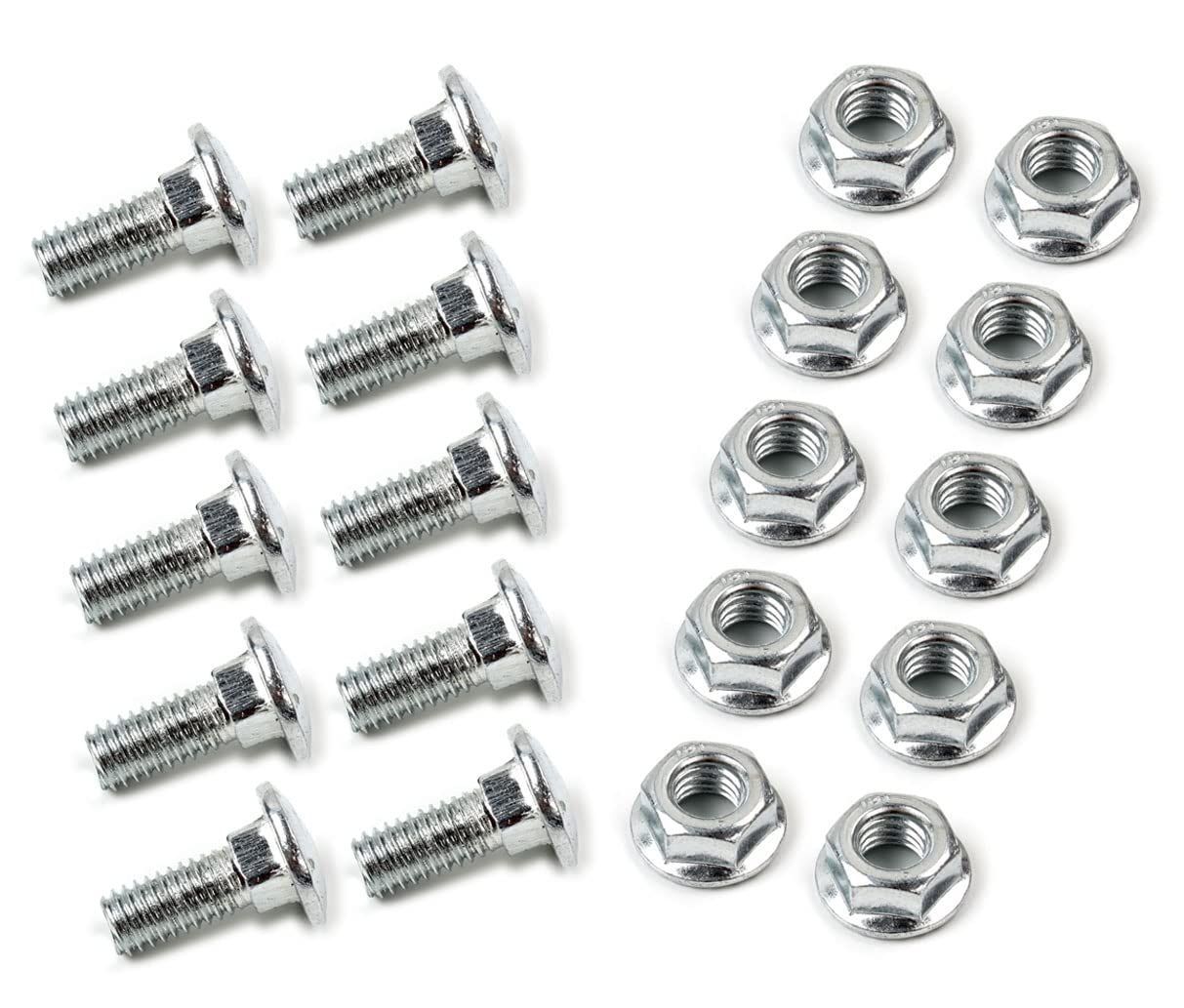
When it comes to selecting bolt sizes for hurricane-ready garage doors, these are the commonly used specifications:
- ¼", ⅜", or ½" diameter bolts
- Length: typically between 2" and 4"
- Track bolts (commonly ¼" x 5/8") to fasten door tracks to the frame
- Bracing bolts (often ⅜" or ½") for securing steel braces or reinforcement bars
- Concrete anchors (usually 1¼" or more) for securing reinforcement to the garage floor
Key considerations when choosing bolt size:
- Door thickness: Thicker doors or doors with multiple layers may need longer bolts.
- Reinforcement type: Some systems require bolts to penetrate bracing bars or frames.
- Wind zone: Homes in high-risk areas (like Florida’s coast) benefit from heavier-duty bolts (½" or more).
Experts often suggest starting with
½" galvanized bolts for doors in areas exposed to Category 3+ hurricanes. They offer solid holding power and are widely code-compliant.
Choosing the Right Bolts: Materials, Grades & Finishes

Using the correct bolt material is just as important as the size:
- Galvanized steel bolts: Affordable and rust-resistant. Ideal for areas with occasional storms.
- Stainless steel bolts: Highly corrosion-resistant, best for coastal regions with high salt exposure.
- Zinc-coated bolts: Provide temporary rust protection but may corrode faster than galvanized or stainless steel.
Bolt Grade Breakdown
- Grade 2: Basic strength, often not sufficient for hurricane-ready reinforcement.
- Grade 5: Stronger and more commonly used for garage reinforcement.
- Grade 8: High-strength bolts suitable for extreme conditions and heavy-duty applications.
Building Codes and Wind Load Requirements
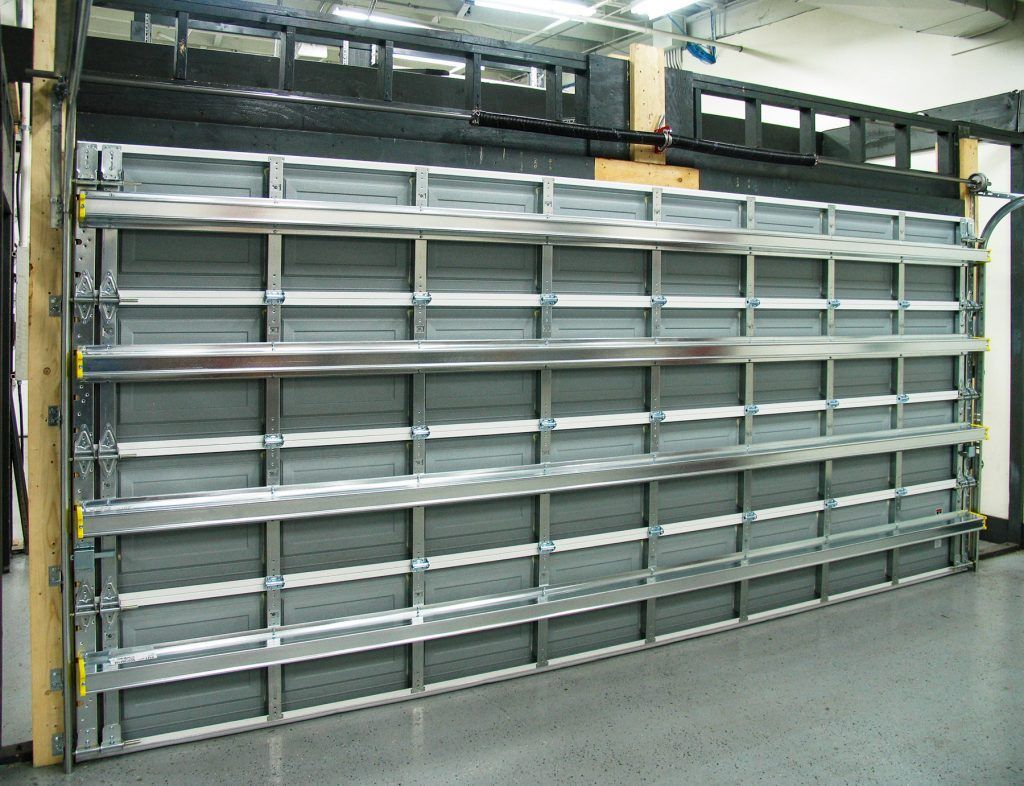
For hurricane protection, your garage door bolts must align with local building codes. These vary by region:
- Florida Building Code (FBC): Requires garage door assemblies to meet specific wind-load ratings, especially in High-Velocity Hurricane Zones (HVHZ).
- Miami-Dade County Compliance: Among the strictest in the U.S., requiring both door systems and fastening hardware to withstand wind speeds over 140 mph.
- FEMA Guidelines: Recommend reinforced doors with bolts capable of holding under cyclic wind pressure and debris impact.
Your choice of bolts can determine whether your garage door passes inspection, particularly if you’re upgrading or replacing an older door system.
How to Install Hurricane Bolts on a Garage Door

Installing hurricane bolts correctly is as important as choosing the right size. Here’s how Smart Garage Door typically does it:
Tools & Materials Needed
- Drill with masonry and metal bits
- Measuring tape and pencil
- Wrenches or socket set
- Hurricane-rated bolts (correct size for your system)
- Anchors (if attaching to concrete)
Step-by-Step Instructions
- Measure and mark bolt positions—typically every 12"–18" along vertical reinforcement bars or door tracks.
- Drill pilot holes using the appropriate bit for the door’s material.
- Insert bolts through brackets or braces, ensuring they fully penetrate the panel or support structure.
- Use washers and lock nuts to secure bolts on the opposite side.
- Tighten to manufacturer-recommended torque settings.
Bolt spacing and torque matter: If bolts are spaced too far apart or under-tightened, reinforcement may fail during a storm.
Bolt Placement & Reinforcement Patterns
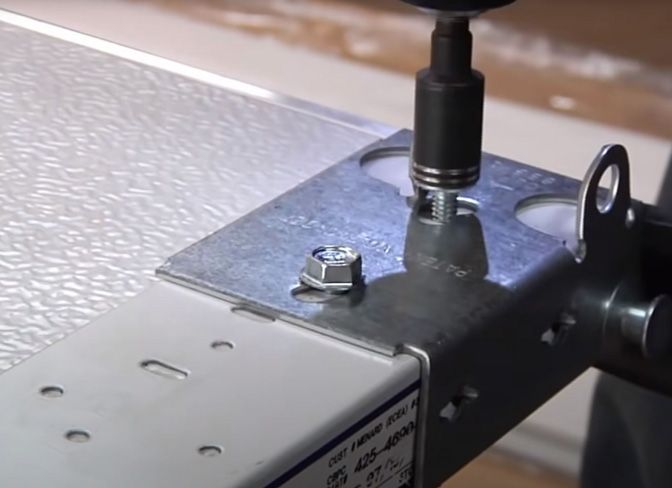
Understanding bolt layout is key to reinforcing your garage door effectively.
Single Garage Doors
- Vertical bracing on each side of the door
- Bolt placement every 12"–18" along vertical members
Double Garage Doors
- Central vertical brace plus two outer braces
- Cross-bracing recommended for extra support
- Additional bolts to connect horizontal reinforcements
Smart Garage Door often customizes bolt patterns based on the door’s construction, material, and exposure risk.
How to Maintain Garage Door Bolts for Storm Safety
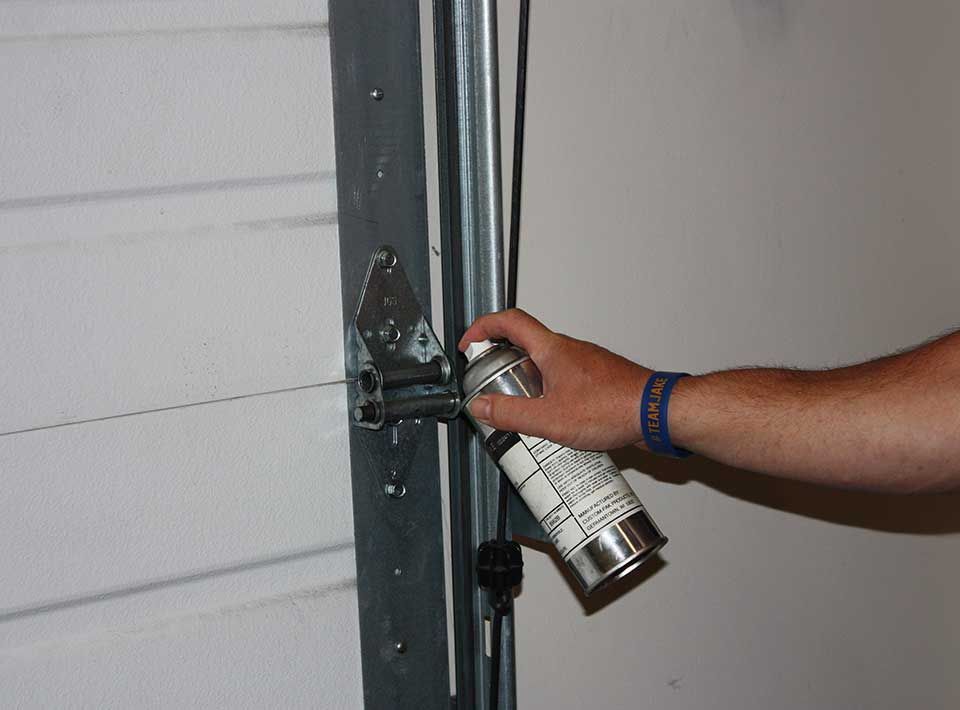
Regular maintenance ensures your bolts stay ready for hurricane season.
Inspection Checklist
- Check for rust or corrosion
- Tighten any loose bolts
- Replace bent or damaged hardware
- Test reinforcement strength before hurricane season
We recommend checking bolts at least
twice a year, and always before the storm season begins. Any signs of wear could weaken your entire system.
Garage Door Bolt FAQs
What size bolts are required in Florida?
Most Florida inspections require at least ⅜" or ½" galvanized or stainless steel bolts, depending on your garage door's specific rating and location.
Can I retrofit my existing door with hurricane bolts?
Yes, many systems are compatible with reinforcement kits that allow bolt retrofitting.
Are there pre-drilled bolt kits available?
Yes, you can purchase kits with pre-drilled brackets and bolts, though some customization may still be required.
Is professional installation necessary?
While a confident DIYer can handle the job, Smart Garage Door recommends professional installation to ensure proper torque, spacing, and code compliance.
Comparing Reinforcement Kits vs. DIY Bolt Installation
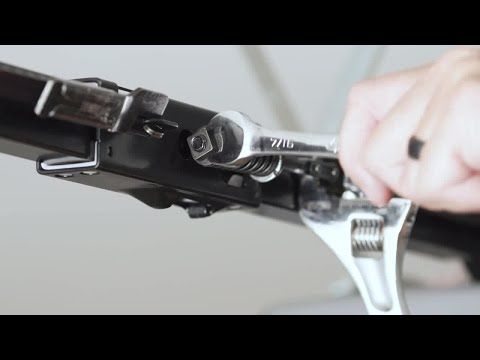
Not sure whether to buy a kit or go custom? Here’s how they compare:
Reinforcement Kits
- Pros:
- Pre-engineered for specific door types
- Easier installation
- Often code-compliant out of the box
- Cons:
- Higher cost
- Limited customization
DIY Bolt Installation
- Pros:
- More affordable
- Fully customizable to your door
- Cons:
- Requires precision and research
- May not meet code without proper verification
Smart Garage Door installs both types, but we often recommend kits for homeowners looking for a fast and certified solution.
Preparing Your Garage Door for Future Storms
Investing in the right bolts today protects your home tomorrow. With stronger, code-compliant hardware, your garage door becomes an asset in your home’s storm defense—not a vulnerability. For even better protection and energy efficiency, consider pairing storm hardware with an insulated garage door—our garage door insulation guide explains how to choose the right material for your climate.
When you partner with Smart Garage Door, we help you:
- Choose the correct bolt size and material
- Align with your local building codes
- Ensure secure, storm-ready installation
Don’t leave your storm safety up to chance—secure your garage door the smart way.



